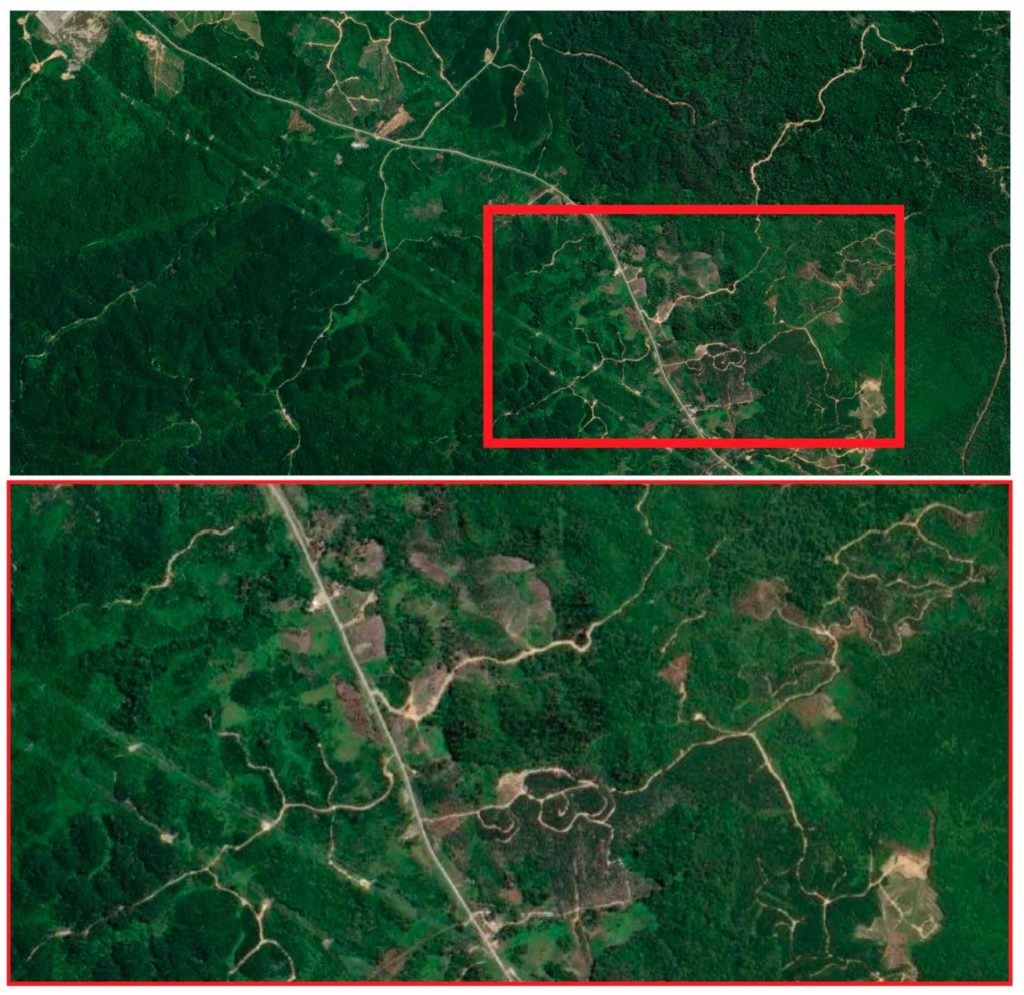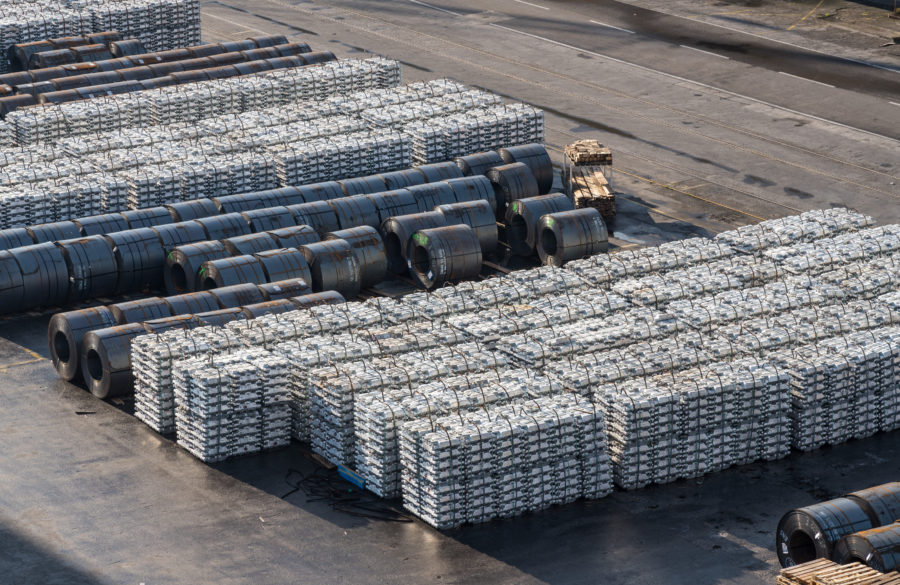AI can potentially estimate global environmental destruction due to road development for mining

Recent tests of an AI system showed that it can detect how poorly regulated road development for mining, logging and land clearing is triggering dramatic increases in environmental disruption.
Assessed by researchers at James Cook University, the automated approach to large-scale road mapping uses convolutional neural networks trained on road data.
According to the scientists, many roads in developing countries, both legal and illegal, are unmapped, with road-mapping studies in the Brazilian Amazon, Asia-Pacific and elsewhere regularly finding up to 13 times more road length than reported in government or road databases.

Previous studies, on the other hand, have shown that earth is experiencing an unprecedented wave of road building, with some 25 million kilometres of new paved roads expected by mid-century.
“Traditionally, road mapping meant tracing road features by hand, using satellite imagery. This is incredibly slow, making it almost impossible to stay on top of the global road tsunami,” Bill Laurance, senior author of the study published in the journal Remote Sensing, said in a media statement.
Laurance explained that he and his colleagues trained three machine-learning models to automatically map road features from high-resolution satellite imagery covering rural, generally remote and often forested areas of Papua New Guinea, Indonesia and Malaysia.
“This study shows the remarkable potential of AI for large-scale tasks like global road-mapping. We’re not there yet, but we’re making good progress,” he said. “Proliferating roads are probably the most important direct threat to tropical forests globally. In a few more years, AI might give us the means to map and monitor roads across the world’s most environmentally critical areas.”
More News
China’s mining investment under Belt and Road Initiative sets new record – report
China's overseas mining investment under its Belt and Road Initiative hit another peak last year at $21.4 billion.
March 29, 2025 | 10:26 pm
Column: Europe’s future metals strategy hindered by current crisis
Chinese over-capacity and high energy prices have accelerated the long-term decline of European steel and aluminum production.
March 29, 2025 | 02:25 pm
{{ commodity.name }}
{{ post.title }}
{{ post.excerpt }}
{{ post.date }}



2 Comments
Oredigr
Roads are the veins and arteries of commerce. If there is no commerce, there is no government!
So governments close roads. Isn’t this exactly like the snake eating his tail?
Christina Dian Parmionova
Reflecting on environmental degradation.